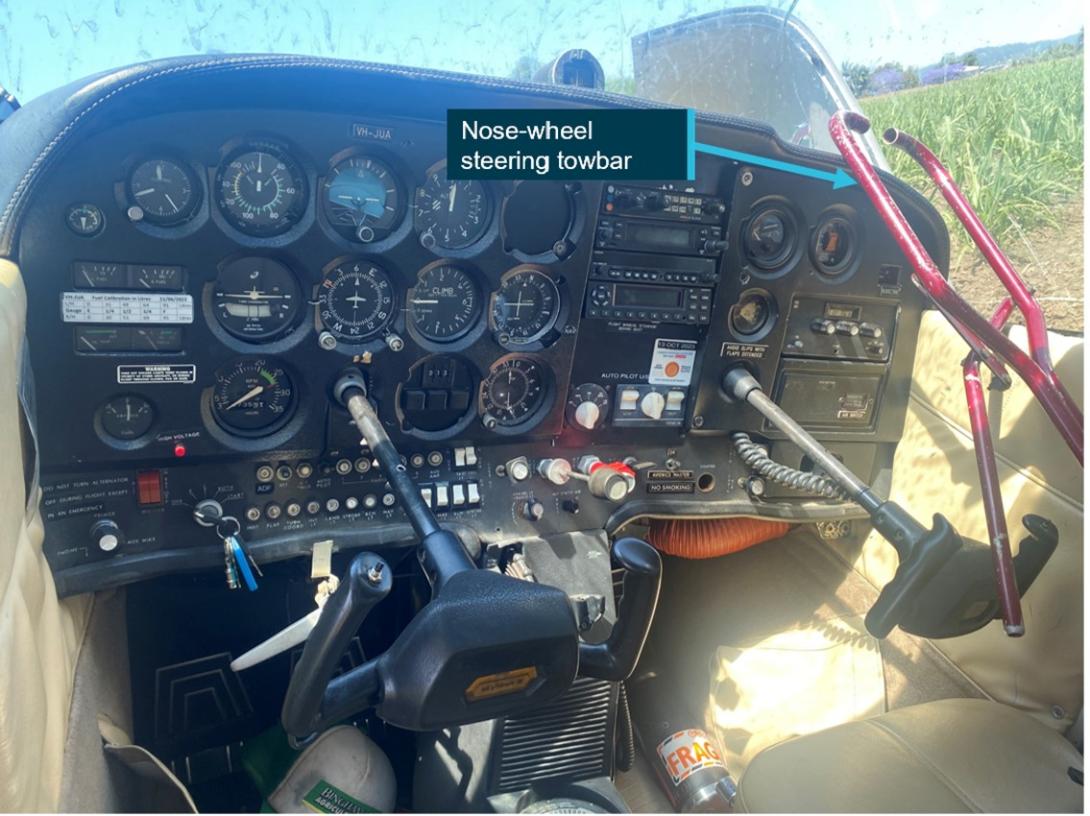
A Cessna 172 that collided with terrain during a forced landing at Murwillumbah was likely not configured correctly during an attempted go-around, an Australian Transport Safety Bureau investigation has concluded.
The aircraft was on final approach at Murwillumbah during a private flight from Gold Coast Airport on 15 October 2023, when the pilot estimated the aircraft was too high for a landing and elected to conduct a go-around.
An experienced pilot on the ground adjacent to the runway, who witnessed the accident, recalled hearing the engine running at a low power setting, before producing a loud bang or ‘pop’, about half way down the runway, which sounded like the throttle had been pushed forward too quickly.
The Cessna pilot, meanwhile, believed the aircraft had not responded with adequate power as they commenced the go-around, although the ATSB investigation found it was unlikely the engine was not producing power.
“The pilot assessed they had insufficient power to climb and that there was insufficient runway remaining to land,” said ATSB Director Transport Safety Stuart Macleod.
“Accordingly, the pilot elected to conduct a forced landing in a field about 1 km to the north of the airport.”
During the forced landing, the aircraft was substantially damaged, and the pilot sustained minor injuries.
“Prior to the forced landing, the pilot advised they were concerned about an aerodynamic stall, so kept the flaps at 40 degrees to reduce the stall speed,” Mr Macleod explained.
“This would have created a large amount of drag and subsequently impaired climb performance.”
Mr Macleod noted the 40 degrees flap setting was not in line with the 20 degrees prescribed for a go-around in the Cessna 172M Pilot Operating Handbook.
“This accident highlights the importance of pilots appropriately actioning checklists and following procedures in the Pilot’s Operating Handbook.
“The improper or non-use of checklists has been cited as a factor in several aircraft accidents.”
While not contributory in the accident, the ATSB also found an unsecured nose-wheel steering tow bar in the aircraft increased the risk of serious injury to the pilot.
“Loose items in the baggage area or cockpit can become dangerous projectiles and may cause serious injuries during an abrupt stop, turbulence or an accident sequence.”
Read the report: Collision with terrain involving Cessna 172M, VH-JUA, 1km north-east of Murwillumbah, New South Wales on 15 October 2023


